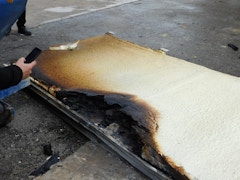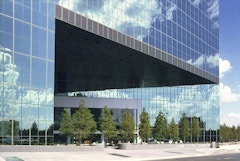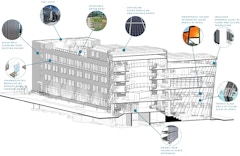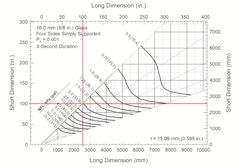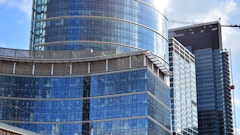
GlassBuild America
GlassBuild America is the largest annual gathering place for the entire glass, window and door industries in the Americas. Produced by the National Glass Association, GlassBuild America is where buyers and sellers meet and learn how to solve their most pressing challenges.


